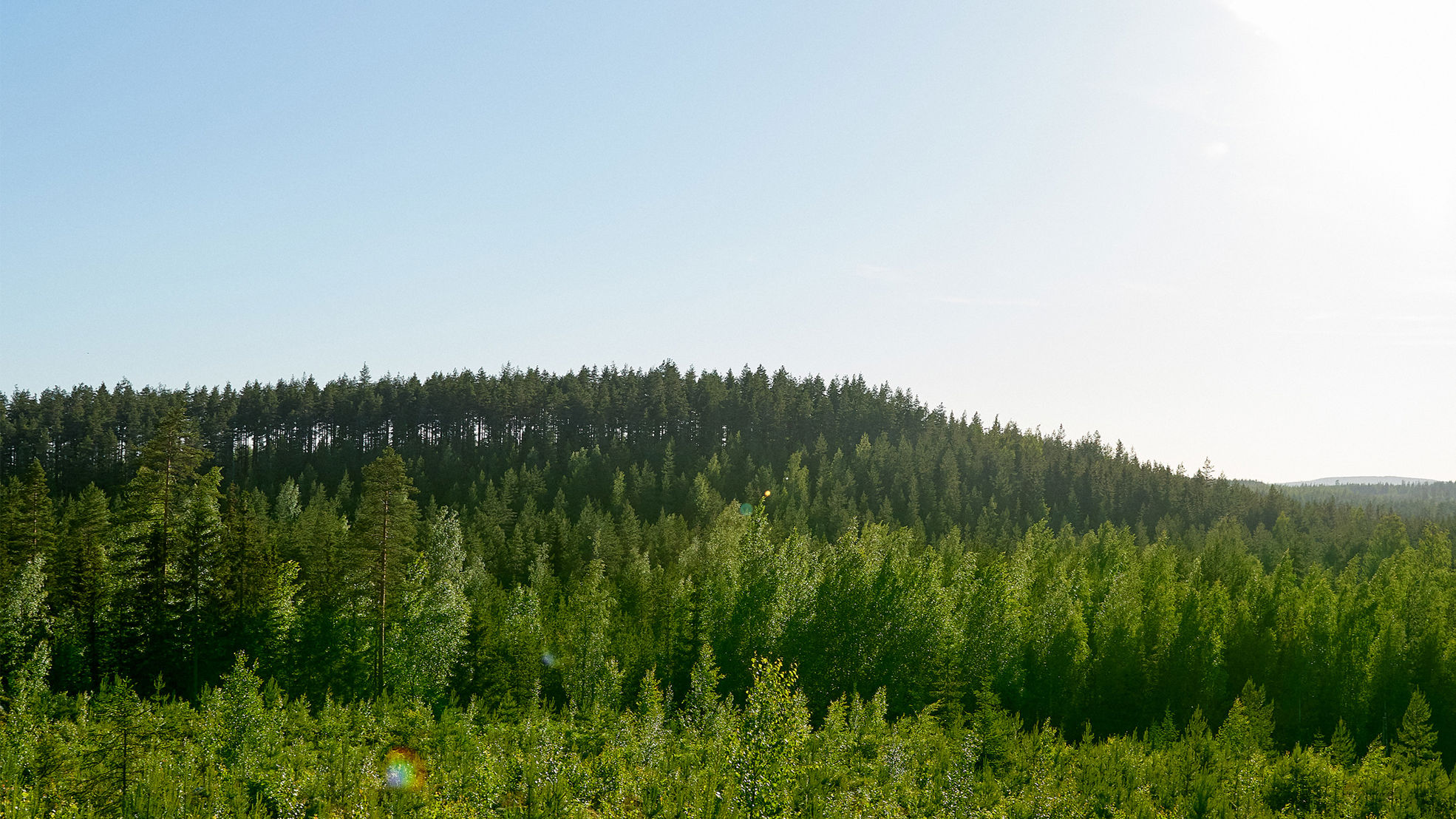Kemi bioproduct mill has been planned, designed and built for sustainability and resource efficiency. Despite the great increase in production capacity, the new mill will remain below the emission limits of the current environmental permit for the existing Kemi pulp mill.
“Minimising environmental impacts was the starting point for mill planning. Although production will increase significantly, long-run environmental impacts will remain at current levels or below them,” says Sari Tupitsa, Environmental Manager of Metsä Fibre’s bioproduct mill project.
“Our goal is to make products of the highest possible quality with the lowest possible environmental impacts. This is why we apply BAT (Best Available Technique) or even more advanced techniques.”
During the Environmental Impact Assessment, stakeholders were consulted on their views about the project and its environmental impacts. The opinions and observations of local residents were respected and implemented to a great degree.
“Examples include noise barriers that reduce the amount of noise around the mill and cooling towers that disperse heat into the atmosphere instead of the sea. This will protect ice conditions in the Bay of Bothnia and its recreational use,” says Tupitsa.
A fossil -free, environmentally efficient mill
Kemi bioproduct mill will be a trailblazer in CO2 emissions, as it will not use any traditional fossil fuels. Instead, the mill will run on product gas made from bark, tar oil made of tall oil, and other bio-based fuels.
“The lime kiln will also use product gas generated in the process instead of heavy fuel oil, the fossil fuel that lime kilns usually burn,” Tupitsa explains.
Another goal is to minimise fossil CO2 emissions throughout the mill’s logistics chain. For example, much of the wood is transported by trains running on an electrified track, and electrically powered overhead cranes are used to unload wood in the woodyard.
Superior energy and raw material efficiency
The new mill will be significantly more efficient in its use of energy and raw material than traditional pulp mills are. Kemi bioproduct mill will annually produce two terawatt hours (TWh) of renewable electricity, which corresponds to 2.5 per cent of Finland’s overall power production.
“The mill will produce 2.5 times the electrical power we need for our own operations, and we will sell power to the national grid. Heat generated by the mill will be used by Metsä Board’s paperboard machine at the Kemi integrated mill and for heating in the City of Kemi,” says Pekka Kittilä, Technical Director of the bioproduct mill project.
In addition to softwood and birch pulp, the new mill will produce bioproducts such as tall oil, turpentine, sulphuric acid and bark. Valuable raw materials will be used as efficiently as possible in the production process. Production side streams will also be used efficiently.
Around half the bark will be gasified and used as a heat source in the lime kiln, while the other half will be sold to customers for bioenergy production. Sludge from the wastewater treatment plant will be made into pellets for use as bioenergy.
Skilled staff are key to ensuring the mill’s environmental performance.
“Our professional employees will run the mill competently and uniformly, ensuring optimal performance and environmental efficiency.”
This article was originally published in Fibre Magazine issue 2022–2023.
